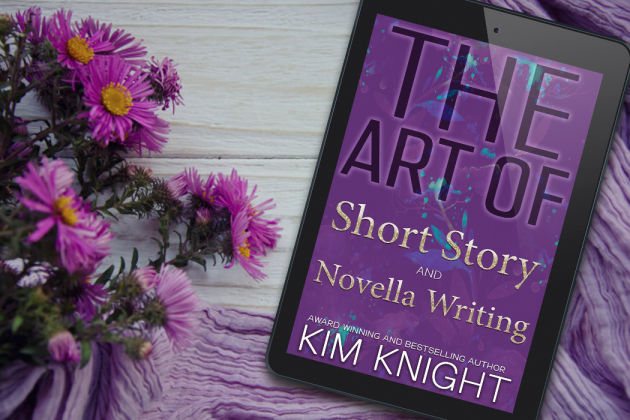

Step Four: Where does the Story Start…Really?
So, you’ve plotted your story from start to finish, and no doubt included some of the back- story for characters and the plot. Good start. Now it’s time to work out the organisation of your story, and where you will start from. Yes, that’s right, writer! Try to actually focus your story to the section you wish to start from. ‘But hold up, Kim. I just plotted the whole story, now you’re telling me I won’t include it all?’ I hear you say. The short answer is yes, the long answer is yes and no. Let me break it down. With short stories we need to first focus the storytelling style, characters, and plot as we did in steps one, two, and three. Then yep, narrow it down again to where you will start from. I recommend this as no doubt you have some backstory. Here in step four we decide what to do with it, how to tell it, and most importantly where to start with a bang! Literally. The key is to think about how much of the story has already happened, and what you wish to show of that (backstory) vs where to jump in right away.
Note: I will break this down into two methods. First, for short stories and flash fiction and second, for works that are slightly longer such as novellas or novelettes. For the purposes of this book, short stories are from 1-12,000 words, with novellas, and novelettes from 12,001-40,000 words.
Short Story: Start
Start: introduce your characters here as a top tip, rather than start with backstory or even description; place your characters right bang smack middle of all the action. Start your story off active, rather than with lots of description, passive or backstory. This may mean that you don’t start at the start, but you start with a scene…yes… you with me now? Good. I hope you can see the benefit of this. Look below.
Example One:
Detective Brown had spent the last three hours watching the CCTV footage. Now he’s convinced it’s time to make an arrest. Last night another body showed up. A white female no older than what he assumed to be twenty-five, was found dumped in the canal. He checked his watch, it was already 11.30a.m, the coroner’s report was late. He requested that it be on his desk by 8.00a.m. He sighed, rubbed his temples, then picked up the phone, he pressed speed dial to reach Detective Smith.
Example One: Remix!
Detective Smith snatched up the phone on the first ring, “What’s up?” He balanced the phone on his shoulder, while his fingers danced over his keyboard.
“Looks like I’ve got him.”
On the other end of the phone, Detective Brown glanced at mugshots of the suspects pinned on the wall. “Three hours I’ve poured over this footage, I can’t believe I missed it at first.”
“Good, time to make an arrest then, you got the coroner’s report?”
“Nah, not yet, I’m still waiting?”
“What the fuck are these people doing, didn’t you say 8.00a.m.?”
“Yeah, but they’re probably backed up. This is the third body to show up in twenty-four hours.”
Detective Brown sighed impatiently into the phone. “But what I can say is the victim’s about twenty-five, a white female.”
With raised eyebrows, Detective Smith stopped typing, then pulled the phone closer to him. “Was she found in the same place?”
“Yep, dumped in the canal. A dog walker found her.”
“Uh-oh, man this is getting outta control. We need to pin this mutha-fucker down!”
You can hopefully see what I mean by starting your story off with action, placing your character in a scene, dialogue, event, or location—something to draw in a reader, as opposed to starting with description and you, the author, narrating. I’ve given you the same information as in example one, but in a better way to help kick start this paragraph. The trick is to, where possible, start off your short story with something happening, work with a lean word count, draw readers in so they feel like they are there too, and keep them engaged. Open with a bang! Shock! And ‘oh, my what’s going on here?’
Exercise: Have a play with the start of your story. Pick a scene or some kind of action and start it off there. Or just write a simple paragraph of fiction as I did, and remix it from example one— narrative and telling, to action and active. What are you waiting for? Let’s write that starting scene.

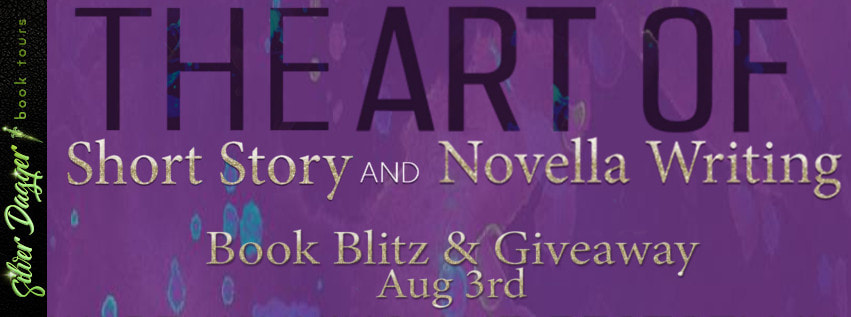
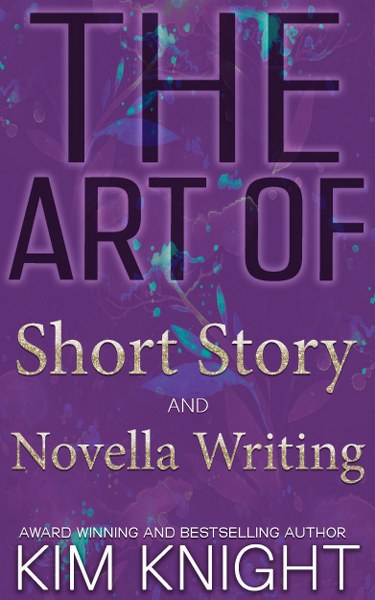
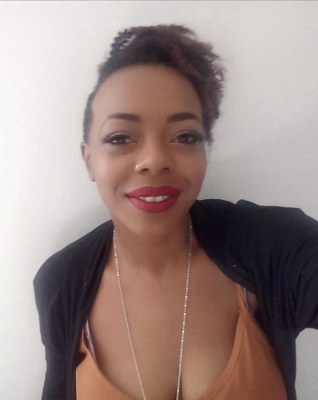

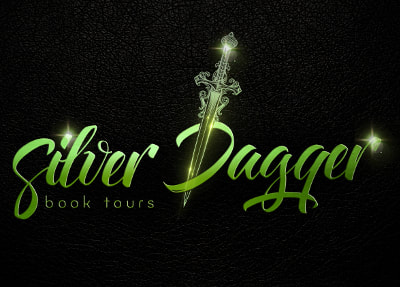
Excellent advice! Need to share this everywhere for others. Congrats, Kim!
LikeLiked by 1 person
Thank you James! It was so much fun to write this little book. xoxo
LikeLiked by 1 person
It will post around 12 noon today EST. 🙂
LikeLiked by 1 person
Thanks so much James
LikeLiked by 1 person